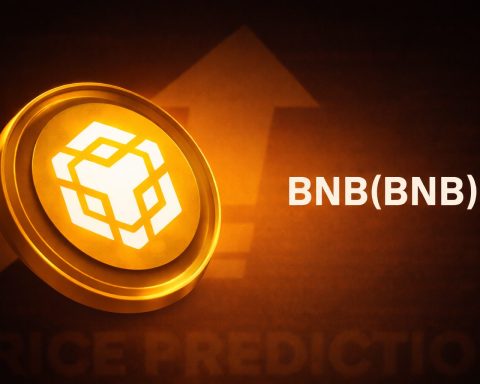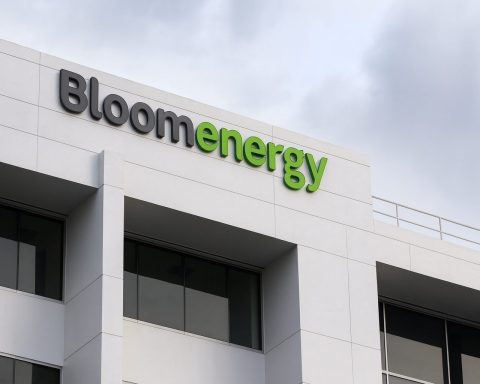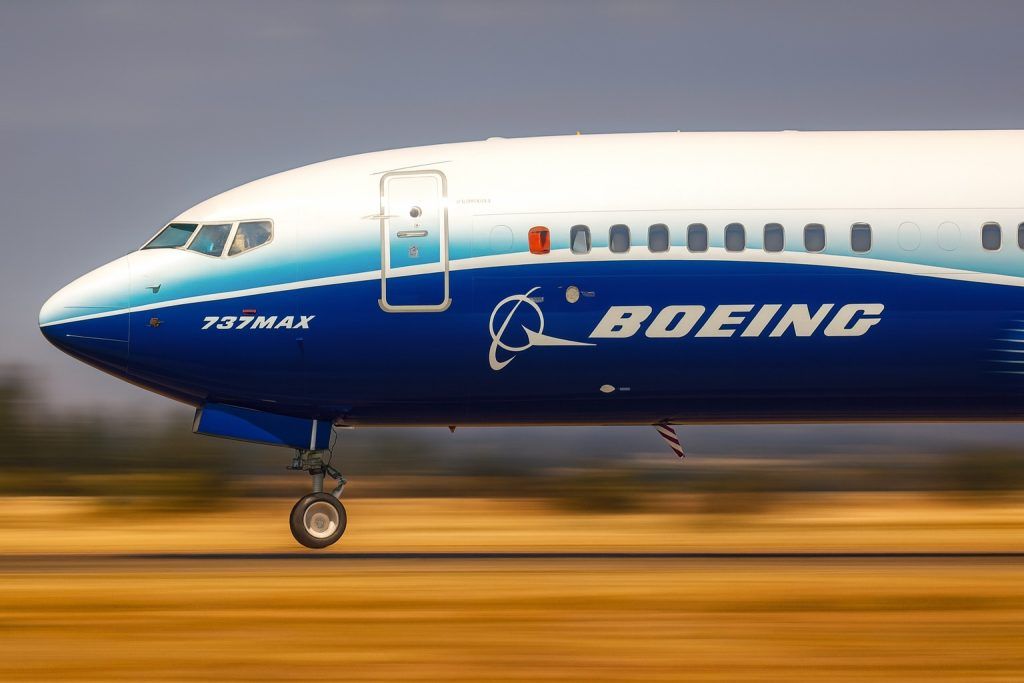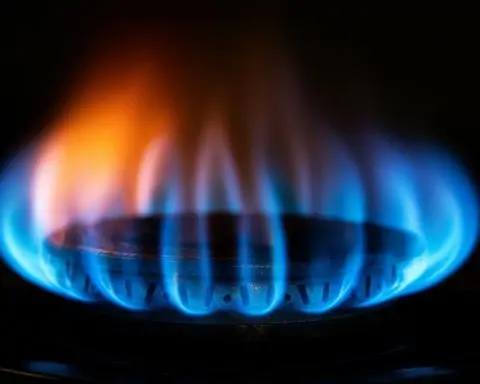Key facts (what’s new & why it matters)
- Prysmian wins Italy–Tunisia subsea power cable: Terna (Italy) and STEG (Tunisia) awarded Prysmian the ELMED interconnector contract; once conditions are met it’s worth ~€460 million. Route: Partanna (Sicily) ↔ Mlaabi (Cap Bon); max seabed depth ~800 m; installation by Prysmian’s Monna Lisa vessel. [1]
- Milestone designation: EU Commission President Ursula von der Leyen: ELMED “will be the first direct current link between Europe and Africa.” [2]
- Specs & timing: HVDC, 600 MW, ~200–220 km, bi‑directional power flows; commissioning target by 2028. [3]
- Financing: €307.6 m EU CEF grant (Aug 2023), World Bank $268.4 m for Tunisia-side equipment/grid, and Team Europe loans/grants via EIB/EBRD/KfW (project cost cited €850–920 m). [4]
- New SME money: Italy launched a €55 m concessional credit line (“Linea 55”) for Tunisian SMEs—interest capped at 2.5% (EUR loans) / 6.5% (TND loans); tenor up to 10 years; min €55k–max €2.5m per project; ≥65% of funds tied to Italian-origin equipment (≤35% for Tunisian equipment/working capital/debt rescheduling/participatory loans). Use-by deadline: 3 June 2028. [5]
- On-the-ground rollout: Business federation CONECT is holding information sessions (e.g., Jendouba, Sidi Bouzid, Mahdia, Sfax, Kairouan) to help firms apply. [6]
The in‑depth report
1) What just happened?
Prysmian’s award signals ELMED has moved from paperwork to execution. The regulated disclosure shows Prysmian and the TSOs finalized the tender, with a conditional contract that “could reach a value of around €460 million.” It confirms the Partanna–Mlaabi route and details installation with the Monna Lisa vessel. [7]
Two days earlier, von der Leyen framed ELMED as a strategic Global Gateway flagship: “the first direct current link between Europe and Africa,” a physical energy bridge to accelerate a North Africa–EU “Green Corridor” for clean industry and hydrogen. [8]
In parallel, Italy activated “Linea di Credito 55”—a targeted, concessional €55 m facility for Tunisian SMEs—to lower borrowing costs and upgrade productive assets (especially Made in Italy machinery). The Central Bank of Tunisia’s official note lays out rates, maturities, eligible sectors and transaction sizes, and fixes the usage deadline at 3 June 2028. [9]
2) ELMED at a glance: specs, timing, price tag
- Technology & size: HVDC, 600 MW, bi‑directional power exchange. Length around 200–220 km across the Strait of Sicily, with converter stations at Partanna (Italy) and Mlaabi/Menzel Temime (Tunisia). [10]
- Authorizations & schedule: Italy’s energy ministry (MASE) authorized the project in May 2024; construction completion target by 2028. [11]
- Cost & financing: Originally ~€850 m, later €920 m cited by EBRD; €307.6 m EU CEF grant (first time CEF funds a Member State + third country build), plus World Bank $268.4 m and loans/grants from EIB/EBRD/KfW(Team Europe €472.6 m to ELMED & ecosystem). [12]
Giuseppina Di Foggia, Terna CEO: “ELMED will enable the development of renewable energy and … deliver economic and industrial benefits, attracting investment and creating new jobs.” [13]
Raul Gil, Prysmian EVP: “The interconnector will benefit both countries and support the global shift toward cleaner energy.” [14]
3) Why it matters (energy, prices, resilience)
- Security & flexibility: A 600 MW HVDC pipe gives Italy access to North Africa’s solar/wind resource, and Tunisia access to EU markets—smoothing volatility and enabling day‑night swaps. The EU calls this a key driver of REPowerEU and Green Deal goals. [15]
- First DC Europe–Africa link: Spain and Morocco have had AC interconnectors since 1997/2006 (1.4 GW technical capacity), but ELMED is the first HVDC link. That’s technically significant because DC excels at long‑distance, controllable cross‑border flows. [16]
- Investment multiplier: Alongside the cable, Team Europe is financing grid upgrades, a modernized dispatch center, regulatory alignment, and a green corridor in Tunisia—de‑risking private renewables and industry. [17]
4) The €55 m Italian credit line for SMEs (how it works)
The BCT’s Note 2024‑163 details precisely how Linea 55 operates:
- Who can apply: Tunisian private SMEs (existing or to be created), compliant with environmental, fiscal and social rules. Eligible sectors include industry (ex‑armaments), agriculture/fisheries/forestry, services(excluding financial, commercial and generic tourism), and specific eco‑cultural tourism activities. [18]
- What it covers:
- ≥65%: purchase of new Italian‑origin equipment, related services, industrial licenses/patents.
- ≤35%: Tunisian‑origin equipment and working capital, bank debt rescheduling, participatory loans(the latter bucket capped at €5 m total). [19]
- Loan sizes & tenor: €55,000–€2.5 m for investment credits; ≤€200,000 each for working capital / debt rescheduling / participatory loans. Max 10 years, with grace (generally up to 3 years on investment loans). [20]
- Rates: Banks receive 0% retrocession in EUR (4% in TND); final borrowers face caps of 2.5% (EUR) and 6.5% (TND). [21]
- Deadline: Funds must be committed by 3 June 2028. [22]
AICS Tunis adds context: Linea 55 continues Italy’s long‑running SME lines (since 1988)—10 prior lines totaling ~€350.5 m + $80 m, financing ~1,000 operations and ~16,000 jobs—and explicitly allows up to 35% for Tunisian equipment. [23]
CONECT is taking the program on roadshows (Jendouba, Sidi Bouzid, Mahdia, Sfax, Kairouan) to help entrepreneurs prepare bank‑ready applications. [24]
How it fits: SMEs dominate Tunisia’s economy—97.8% of firms—but face high collateral and financing costs. Concessional lines can unlock capex upgrades and export competitiveness, especially when paired with trade and standards support. [25]
5) How ELMED and Linea 55 reinforce each other
- Demand pull: As Tunisia adds renewables and grid capacity to serve ELMED, SMEs in components, O&M, construction, logistics, and services can seize new contracts—helped by cheap credit for equipment. [26]
- Industrial upgrading: The Made‑in‑Italy machinery tie‑in can modernize Tunisian factories (CNC, packaging, food processing, agro‑machinery), boosting productivity and quality toward EU market benchmarks. [27]
- Policy alignment: EU Global Gateway & Italy’s “Mattei Plan” emphasize energy‑industry corridors; ELMED is the backbone and Linea 55 a micro‑level enabler. [28]
6) Comparisons: How ELMED stacks up against other Mediterranean mega‑links
| Project | Countries | Tech / Capacity | Approx. length | Status (late‑2025) | Lead developers | Public funding snapshot |
|---|---|---|---|---|---|---|
| ELMED | Italy–Tunisia | HVDC, 600 MW | ~200–220 km | EU grant signed (Aug 2023); Italy authorization (May 2024); contract award (Sept 2025); target 2028 | Terna, STEG; Prysmian | EU CEF €307.6 m + World Bank $268.4 m + EIB/EBRD/KfW (total €850–920 m) [29] |
| Spain–Morocco (existing) | Spain–Morocco | HVAC, 1.4 GW(2×400 kV) | ~59–60 km | Operating since 1997/2006; 3rd linkplanned | REE & ONEE | 3rd link MoU; investment shared by both TSOs [30] |
| EuroAfrica | Egypt–Cyprus–Greece | HVDC, up to 2 GW | ~1,396 km | Developer progressing; 2028/29 phase targets flagged | EuroAfrica Interconnector | Multi‑source financing; costs €2.5 bn (stage one est.) [31] |
| Great Sea Interconnector(EuroAsia) | Cyprus–Greece (→ Israel later) | HVDC(~1.2 GW+) | ~1,210–1,240 km | EU‑backed; progressing amid scrutiny; IPTO lead | IPTO | EU/CEF support; €1.9–2.4 bn ranges reported [32] |
| GREGY | Egypt–Greece | HVDC, ~3 GW | ~1,000 km | Political backing (2025); developer pushes toward FID | Copelouzos Group | Est. ~€4 bn, EU support sought [33] |
Bottom line: ELMED is smaller than the Eastern Med giants but first‑mover as Europe’s first DC link to Africa, unlocking dispatchable trade in green power and creating a template for future North Africa–EU corridors. [34]
7) Is the SME line enough? (scale, terms, guardrails)
- Scale: At €55 m, Linea 55 is modest relative to needs, yet concessionary rates and 10‑year tenors are powerful for equipment upgrades and debt clean‑ups—especially in a high‑rate context (CBT policy rate remained ~8% into 2025). [35]
- Targeting & governance: The BCT note hard‑codes eligibility, sector exclusions, size caps, “Italian content” share, and AICS imputation procedures—guardrails that can improve fairness and speed if banks adhere strictly. [36]
- Ecosystem fit: It complements EIB’s €170 m MSME instruments in 2024 and other Team‑Europe facilities that broaden access beyond tied purchases. [37]
- Execution risks: Past lines suffered slow disbursement and bureaucratic hurdles, while Tunisia’s broader macro/sovereign stress can sap bank risk appetite. Keeping the rates caps and grace periods intact is crucial to uptake. [38]
8) Practical takeaways for Tunisian SMEs
- Check eligibility early (sector, compliance) and build a bank‑ready investment plan—the bank applies to AICSfor “imputation” before disbursement. [39]
- Optimize the 65/35 rule: Bundle an Italian equipment core (≥65%) with Tunisian gear and, where needed, working capital / rescheduling / participatory loans (≤35%, and the liquidity bucket is capped at €5 m total). [40]
- Mind the clock: All allocations must occur by 3 June 2028; long procurement cycles argue for early application. [41]
- Use the roadshows: CONECT sessions can sharpen proposals and connect you with suppliers and banks familiar with Linea 55. [42]
9) What to watch next
- Prysmian’s NTP & manufacturing/installation schedule (landfall works, cable lay windows). [43]
- Converter station progress in Partanna and Mlaabi/Menzel Temime (World Bank‑funded elements). [44]
- Grid & regulatory upgrades (dispatch center, guarantees of origin, Tunisia–EU market coupling steps). [45]
- SME line disbursement velocity (bank pipeline, geographic spread, sectoral mix). [46]
- Comparables in the region (Spain–Morocco 3rd link; Eastern Med HVDC projects) that may affect power pricesand cross‑border trade rules. [47]
Sources & selected expert quotes
- Prysmian award & scope (regulated disclosure): details on conditional ~€460 m value, route, vessel, and executive quote. [48]
- EU political framing: von der Leyen on “first direct current link” and Global Gateway context. [49]
- Technical/project pages: Terna’s ELMED dossier (600 MW, ~220 km); EBRD/EIB/World Bank financing and 2028 delivery target. [50]
- CEF grant: €307.6 m; first CEF works funding for an EU + third‑country electricity project. [51]
- SME credit line primary: BCT Note 2024‑163 (rates, tenors, caps, sectors, 65/35 rule, deadline). [52]
- AICS Tunis brief (history of Italian SME lines; 35% Tunisian equipment allowance). [53]
- CONECT outreach & news: APAnews coverage of the €55 m line and roadshows. [54]
- Comparators: Spain–Morocco AC links (REE/widely referenced); EuroAfrica; Great Sea Interconnector; GREGY. [55]
Appendix: How ELMED compares with other “green corridors” under discussion
- Spain–Morocco’s existing AC links prove Europe–Africa power trade is practical, but the next wave is DC—for distance, control, and stability. ELMED is first to deliver DC across the Med. [56]
- Eastern Med HVDC (EuroAfrica, Great Sea) aims for multi‑GW scale, deeper waters and longer distances—technically bolder but also costlier and more complex. [57]
- Greece–Egypt (GREGY) and Xlinks Morocco–UK show the ambition to pipe desert renewables to Europe at multi‑GW scale; Xlinks, however, lost UK policy support in 2025, underlining execution risk. [58]
Two closing quotes
- Ursula von der Leyen: ELMED “will be the first direct current link between Europe and Africa.” [59]
- Giuseppina Di Foggia (Terna): “ELMED will enable the development of renewable energy and … attract investment and create new jobs.” [60]
This report synthesizes late‑September 2025 developments and official financing/program documents so you can track investment‑grade milestones (contract awards, authorizations, loan/ grant signings) and the SME tools designed to turn a headline interconnector into real‑economy growth.
References
1. www.emarketstorage.it, 2. www.agenzianova.com, 3. www.terna.it, 4. cinea.ec.europa.eu, 5. tunisi.aics.gov.it, 6. apanews.net, 7. www.emarketstorage.it, 8. www.agenzianova.com, 9. tunisi.aics.gov.it, 10. www.terna.it, 11. www.terna.it, 12. cinea.ec.europa.eu, 13. www.enr.com, 14. www.emarketstorage.it, 15. cinea.ec.europa.eu, 16. en.wikipedia.org, 17. www.eib.org, 18. tunisi.aics.gov.it, 19. tunisi.aics.gov.it, 20. tunisi.aics.gov.it, 21. tunisi.aics.gov.it, 22. tunisi.aics.gov.it, 23. tunisi.aics.gov.it, 24. apanews.net, 25. openknowledge.worldbank.org, 26. www.ebrd.com, 27. tunisi.aics.gov.it, 28. international-partnerships.ec.europa.eu, 29. cinea.ec.europa.eu, 30. www.ree.es, 31. en.wikipedia.org, 32. apnews.com, 33. apnews.com, 34. www.agenzianova.com, 35. tunisi.aics.gov.it, 36. tunisi.aics.gov.it, 37. www.eib.org, 38. apanews.net, 39. tunisi.aics.gov.it, 40. tunisi.aics.gov.it, 41. tunisi.aics.gov.it, 42. apanews.net, 43. www.emarketstorage.it, 44. www.worldbank.org, 45. www.eib.org, 46. tunisi.aics.gov.it, 47. www.ree.es, 48. www.emarketstorage.it, 49. www.agenzianova.com, 50. www.terna.it, 51. cinea.ec.europa.eu, 52. tunisi.aics.gov.it, 53. tunisi.aics.gov.it, 54. apanews.net, 55. en.wikipedia.org, 56. en.wikipedia.org, 57. en.wikipedia.org, 58. apnews.com, 59. www.agenzianova.com, 60. www.enr.com









